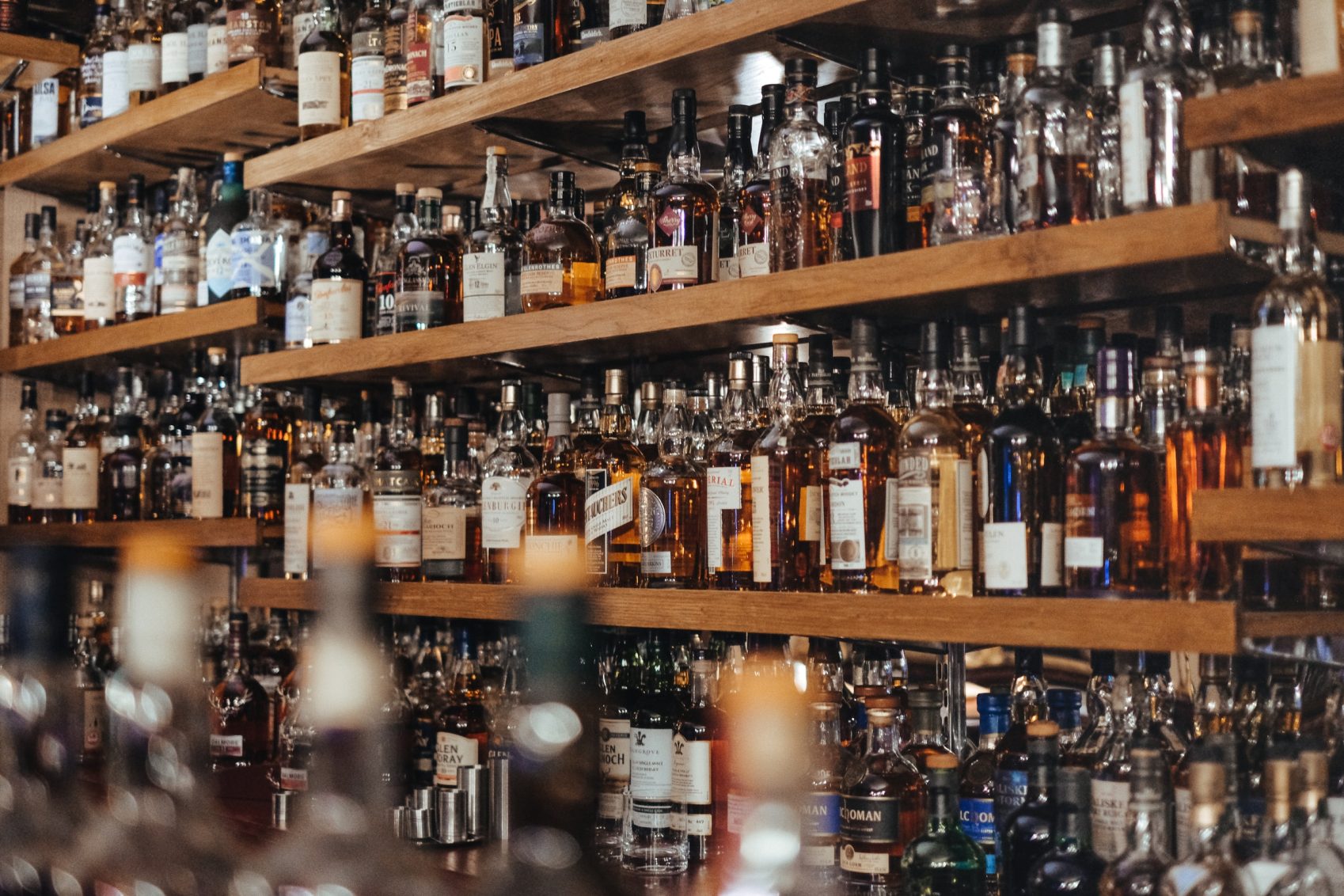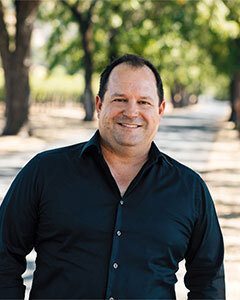Published in the Summer 2021 of Artisan Spirits Magazine.
This is the third and final article in a series that covers the road to market. In Part Three, we will cover the increasingly popular marketing-driven route to develop your spirits brand and bring it to market. This method saves a huge amount of regulatory and facility-focused time and resources, freeing up bandwidth and capital for you to focus on brand development, marketing, sales, distribution, and expansion. This method is far less expensive than developing your own distillery and will allow you to maintain control of your recipes and production by partnering with and outsourcing to an existing distillery. It’s important to note that the marketing-driven path is not mutually exclusive from setting up your own distillery in the long run.
Outsourcing isn’t without its challenges as there may be production limitations; however, in many cases, local regulations will still allow you to develop your own physical location and ultimately grow into your own physical distillery if you desire.
What things should you budget for when setting up a marketing-driven brand with outsourced production?
- Time – Selecting your distillery partner will be a critical component in saving you time to market. Outsourcing production allows for the acquisition of products exponentially faster than setting up your own facility and producing/aging your own product. Many distillery start-ups have outsourced initially to get to market more quickly while they navigate permitting and other time-intensive groundwork. If your long-term plan is to set up your own distillery, the marketing-driven route can provide a faster road to market and cash flow, while you set up your facility. There have never been more options for outsourced production for craft distilleries, even for aged products. The demand for aged Bourbon, however, has increased over the past few years, and back stocks are shrinking quickly, so establishing a reputable and dependable partner is critical to this path.
Developing your brand strategy and story is key no matter your route to market, and the marketing-driven route will allow you to focus more time and resources on the crucial questions. For this process, we recommend working with an agency partner to help develop and define and/or refine your story to align with your objectives, target market, and your consumer. This will pay enormous dividends. There is nothing deadlier than an unfocused, ill-defined brand or lackluster packaging and branding. No matter how simple, your brand story must be focused and connect with your consumers. After all, this will become the backbone of all your outgoing communication and will directly affect your marketing strategy, including your packaging. Whether you work on this yourself or with a partner, we recommend allocating 3-4 months for this activity to fully vet the options and lay the proper blueprint for your brand.
Allowing yourself time to focus on brand story development vs. facility issues can be an advantage and a massive time saver when trying to get to market as quickly as possible.
Once your brand story is established, you will need to develop your brand name and brand identity—this consists of your logo, brand packaging, the overall look and feel of your brand, and its personality. For this process, we recommend allocating 3-4 months and an additional 5-10 months for dry goods, government approvals, and bottling. It should be noted this timeline continues to extend based on the current state of the supply chain. For example, even stock glass bottles can have lead times upwards of 12 months from the time of order depending on the mold selected.
- Planning & Start-Up Costs – These costs can include business and financial plans, brand development, including name development, logo and packaging design, market testing, and legal fees. Depending on how much of this you can bootstrap, you should plan on anywhere from a minimum of $25,000 and upwards of $150,000+ depending on your needs. Production costs range greatly depending on the kind of product(s) you want to source but are far less expensive than the millions of dollars that permitting, construction, and development of your own distillery can cost.
- Production – Explore both local distilleries, as well as regional, and larger rectifiers for production. Each have their strengths and weaknesses. Outsourced production opportunities will vary depending on the kind(s) of products you’d like to develop and whether the products need to be aged.
One of the advantages of outsourced production is the ability to launch with aged products immediately vs. waiting years to develop and age your product.
- Strategy for Distribution & Expanion – Develop a well thought out strategy for sales: Can you sell directly to consumers? If so, how and where? Will you go the three-tier distribution route instead? Another important thing to consider is your product mix. Will you offer an aged product such as bourbon, quick turn unaged products such as Vodka, Gin, or RTD canned cocktails — or a mixture of both? How will this impact your outsourcing costs and marketing strategy?
No matter which path to market you choose, proper planning and budgeting help avoid unexpected delays in timing and unplanned expenses. Ultimately, the decision is a personal one that should be based on your long-term vision, your timing, and budget. Adventure awaits! Success doesn’t happen overnight, but well-laid plans will always be your best path to owning your own spirits brand.
Photo by Adam Wilson on Unsplash
- The Core 4 – Setting the Foundation for Your Brand - September 19, 2025
- The Rise of Low & No Alcohol Spirits: A $4 Billion Bandwagon - July 21, 2025
- The Private Label Opportunity and Bulk Spirits - March 25, 2025


Leave a Reply